Humanoid Robots: Meet the amazing top 5 humanoid robots that are redefining the future of AI!
Humanoid robots are no longer just a concept seen in sci-fi movies. Today, they’re revolutionizing industries, shaping future technologies, and offering exciting glimpses into a world where machines and humans might coexist more seamlessly than ever before. With advancements in artificial intelligence (AI), robotics, and engineering, humanoid robots are becoming more intelligent, lifelike, and capable of performing tasks that were once unimaginable.
In this article, we’ll dive into the top 5 humanoid robots making waves in the world of robotics, and explore what makes them so special.
Top 05 Humanoid Robots:
- Sophia
- ASIMO
- Pepper
- Atlas
- Honda’s E2-DR
01. Sophia: The Future of Artificial Intelligence
The world of robotics has seen significant advancements in recent years, and among the most captivating innovations is Sophia, a humanoid robot that has captured the imagination of people across the globe. Sophia is not just a machine; she’s an artificial intelligence (AI) with the ability to interact, learn, and even express emotions. In this article, we will explore the fascinating journey of Sophia, the technology behind her, and her impact on the future of robotics.

What is Sophia the Robot?
Sophia is a humanoid robot developed by Hanson Robotics, a Hong Kong-based company that specializes in creating human-like robots. Unveiled in 2016, Sophia quickly gained global attention due to her life-like appearance and extraordinary capabilities. Unlike traditional robots, Sophia has a highly expressive face with 62 different facial expressions, which allow her to simulate human emotions like joy, surprise, and even sadness.
Sophia was designed to showcase the potential of AI and robotics, particularly in human-robot interactions. She is built with an advanced AI system that enables her to process information, engage in conversations, and improve over time through machine learning.
The Technology Behind Sophia
Sophia’s impressive performance is powered by a combination of cutting-edge technologies, including artificial intelligence, machine learning, and natural language processing. These technologies allow her to:
- Understand Speech: Sophia can recognize speech patterns and comprehend natural language, enabling her to hold fluid conversations with humans. Whether it’s discussing technology, pop culture, or even philosophy, she can engage in meaningful exchanges.
- Facial Recognition: One of the most remarkable features of Sophia is her ability to recognize faces and remember them. She can identify individuals from past interactions, making conversations more personalized and engaging.
- Emotion Simulation: Sophia’s facial expressions are not just programmed; they are designed to mimic real human emotions. Through machine learning, she can adjust her expressions based on the conversation or the environment around her, allowing for a more authentic interaction.
- Learning and Adapting: Sophia is capable of continuous learning, thanks to her integration with AI algorithms that allow her to refine her knowledge and responses. The more she interacts with humans, the smarter she gets.
Sophia’s Impact on Society
Sophia’s creation has sparked significant debates about the role of artificial intelligence in society. While some see Sophia as a glimpse into a future where robots play a major role in our everyday lives, others express concerns about the ethical implications of such technology.
Advancing Technology in Communication and Service
Sophia(Humanoid Robots) represents the future of human-robot communication. She is already being used for various purposes, including customer service, education, and healthcare. Imagine walking into a bank or a hospital and being greeted by a robot who can assist you with your needs, answer questions, and even offer emotional support. Sophia’s ability to interact with humans on a personal level makes her an ideal candidate for jobs that require empathy and communication.
Ethical Considerations
With great technological power comes great responsibility. The rise of humanoid robots like Sophia raises important ethical questions. Should robots be granted rights? Can AI systems like Sophia be trusted to make important decisions? How do we ensure that robots are used ethically and not to manipulate or deceive people?
These are just some of the issues that ethicists, technologists, and lawmakers must address as AI becomes more integrated into society. As we continue to develop robots like Sophia, it is crucial to have ongoing conversations about the moral and legal implications of AI.
Sophia in the Media
Sophia(Humanoid Robots) has become a media sensation, making appearances on various television shows, conferences, and even in movies. One of her most famous moments came when she was granted citizenship by Saudi Arabia in 2017, making her the first robot to receive such an honor. This controversial move brought international attention to the implications of AI and robotics in human society.
In addition to her citizenship, Sophia has been featured on talk shows like The Tonight Show with Jimmy Fallon and Good Morning Britain, where she showcases her conversational skills and humor. She has also given keynote speeches at major events like the South by Southwest (SXSW) conference in the U.S., where she spoke about the future of AI and human-robot collaboration.
The Future of Humanoid Robots
Sophia(Humanoid Robots) is just the beginning. As AI and robotics continue to evolve, we can expect to see even more advanced humanoid robots in the near future. These robots could revolutionize industries like healthcare, education, and entertainment. Imagine robots with the ability to perform surgeries, teach complex subjects, or even entertain audiences in new ways.
The idea of robots becoming an integral part of our daily lives is no longer a far-off dream. As Sophia has shown us, the future is now, and we are only scratching the surface of what these robots can achieve.
Sophia, the humanoid robot, is a remarkable example of how far technology has come in the world of robotics and artificial intelligence. With her ability to interact, learn, and simulate emotions, Sophia is paving the way for a future where robots and humans coexist in harmony. While challenges around ethics, privacy, and job displacement remain, Sophia’s journey offers a glimpse into the exciting possibilities that lie ahead.
02. ASIMO: The Future of Robotics and Artificial Intelligence
In the world of robotics, humanoid robots have captivated the imagination of many. These robots, designed to look and behave like humans, are not just a product of science fiction but have made significant strides in reality. One of the most iconic examples of humanoid robots is ASIMO, developed by Honda. With its advanced design, incredible functionality, and ability to interact with humans, ASIMO is a groundbreaking achievement in the field of robotics. In this article, we will take a closer look at ASIMO, its capabilities, and its role in shaping the future of robotics.

What is ASIMO?
ASIMO (Advanced Step in Innovative Mobility) is a humanoid robot created by Honda, first introduced in 2000. ASIMO was designed to be a personal assistant, with the goal of assisting people in various environments, particularly in homes, workplaces, and healthcare settings. The robot was built to mimic human movements and behavior, allowing it to perform tasks that were once thought impossible for a machine to do.
ASIMO’s design is sleek and human-like, standing at 130 cm tall (about 4 feet 3 inches) and weighing around 48 kg (105 lbs). The robot is equipped with advanced sensors, cameras, and artificial intelligence, allowing it to interact with humans and navigate its environment autonomously.
The Technology Behind ASIMO(Humanoid Robots)
ASIMO’s groundbreaking technology is what truly sets it apart from other robots. The robot’s movement is powered by a sophisticated bipedal locomotion system, which enables it to walk, run, and even dance. This ability to move smoothly and naturally is one of ASIMO’s most impressive features. It can walk up stairs, avoid obstacles, and navigate crowded spaces, all while maintaining balance and stability.
ASIMO’s artificial intelligence (AI) allows it to recognize faces, voices, and even gestures. This means that ASIMO can interact with people in a way that feels natural and engaging. For example, it can recognize a person’s face, greet them by name, and carry on a basic conversation. It can also respond to commands, such as asking it to turn on a light or fetch an object.
Key Features and Capabilities of ASIMO
ASIMO’s design is packed with features that make it a true marvel of robotics. Let’s take a look at some of its standout capabilities:
- Bipedal Walking: ASIMO can walk on two legs with remarkable stability. Unlike earlier robots that relied on wheels or tracks, ASIMO uses advanced algorithms and sensors to keep its balance, allowing it to walk just like a human.
- Running and Dancing: ASIMO’s ability to run at a speed of up to 9 km/h (5.6 mph) and perform choreographed dance moves is one of the robot’s most entertaining features. These capabilities showcase ASIMO’s agility and dexterity, demonstrating just how advanced its technology is.
- Speech and Voice Recognition: ASIMO can recognize and respond to voice commands. It can also detect and process the tone of voice, allowing it to interpret commands more effectively.
- Human Interaction: ASIMO is equipped with sensors that allow it to interact with humans in a natural way. For instance, it can shake hands, hand objects to people, and even mimic human gestures.
- Object Detection and Avoidance: ASIMO can detect obstacles in its path and avoid collisions. It can also follow a person around a room and adjust its movements based on the person’s location.
- Autonomous Navigation: ASIMO can navigate a room, avoid obstacles, and move freely in its environment. It can adapt to changes in the layout of a space, such as when furniture is moved or when a new object appears.
How ASIMO is Shaping the Future of Robotics
ASIMO’s development represents a significant milestone in the evolution of humanoid robots. While ASIMO(Humanoid Robots) itself is not widely used outside of demonstration settings, its contributions to the field of robotics are immense. The advancements made in areas such as AI, bipedal locomotion, and human-robot interaction have paved the way for future robots that could be used in a variety of industries, including healthcare, manufacturing, and entertainment.
- Healthcare Applications: In the healthcare sector, robots like ASIMO could be used to assist the elderly or disabled, help with rehabilitation, or provide companionship. ASIMO’s ability to recognize voices and faces could make it an ideal companion for people who need constant assistance.
- Personal Assistants: ASIMO’s advanced communication abilities and mobility make it a potential candidate for becoming a personal assistant. It could help with everyday tasks, such as answering the phone, fetching objects, or assisting with household chores.
- Manufacturing and Industry: With its precision and mobility, ASIMO-inspired robots could be deployed in manufacturing environments to assist with tasks that require human-like dexterity. Robots could work alongside human employees to enhance productivity and safety.
- Entertainment: ASIMO’s dancing and interactive capabilities make it an excellent tool for entertainment purposes. Imagine a robot that can perform live shows, engage with an audience, or even act as a tour guide in museums or theme parks.
The Legacy of ASIMO
Though ASIMO(Humanoid Robots) was officially retired by Honda in 2018, its legacy continues to inspire the development of humanoid robots. The innovations brought about by ASIMO have laid the groundwork for more advanced robots that are more capable, intelligent, and accessible. ASIMO was a major step in creating robots that could work alongside humans and assist with daily tasks, and its influence is still felt today in the field of robotics.
Honda’s commitment to advancing robotics and AI through ASIMO has led to many breakthroughs that will continue to shape the future. The lessons learned from ASIMO’s design and operation are being applied to the development of robots that could one day become integral parts of our lives.
The Road Ahead for Humanoid Robots
ASIMO may have retired, but the spirit of innovation and technological achievement that it embodied is very much alive. Humanoid robots like ASIMO are not just marvels of engineering; they are stepping stones towards a future where robots can assist with a variety of human tasks, improve our quality of life, and even change the way we live and work.
03. Pepper: The Future of Social Interaction
In a world that’s becoming increasingly reliant on technology, humanoid robots are carving out their place in our lives. One of the most iconic and friendly faces in this robotic revolution is Pepper(Humanoid Robots), a humanoid robot designed to bring human-like interaction into the technological realm. Created by SoftBank Robotics, Pepper has captured the hearts and minds of people around the globe with its expressive design, advanced AI, and ability to engage with humans in a way that feels, well, almost human.

But what exactly makes Pepper stand out? Let’s take a closer look at this incredible humanoid robot, its capabilities, and the impact it’s having on various industries.
What is Pepper the Humanoid Robot?
Pepper is a 4-foot-tall humanoid robot that was first introduced to the public in 2014. With its round head, large eyes, and interactive screen on its chest, Pepper looks like something straight out of a sci-fi movie. But it’s more than just a cute face – it’s a fully functional, interactive robot designed to assist with tasks and communicate with people in a natural, engaging manner.
The robot is equipped with an array of sensors, cameras, and microphones that allow it to perceive and respond to its environment. Pepper is capable of understanding basic human emotions through facial recognition and voice tone, making it a highly social robot. This means that it can adjust its responses based on how it perceives the emotional state of the person it’s interacting with, giving it the ability to react empathetically.
The Technology Behind Pepper
What really sets Pepper apart from other robots is its use of advanced technologies. The robot is powered by artificial intelligence (AI), which allows it to process information, recognize speech, and interact with humans in real time. Pepper uses natural language processing (NLP) to understand and respond to conversations, enabling it to hold fluid and engaging dialogues with users.
Pepper’s body is equipped with a variety of sensors, including cameras, proximity sensors, and motion detectors. These sensors allow it to navigate spaces, avoid obstacles, and even recognize faces. Its ability to pick up on non-verbal cues, such as body language and tone of voice, allows it to interact in a way that feels more natural compared to traditional machines.
The robot’s cloud-based platform also ensures that it is constantly learning and improving. This means that Pepper can update its knowledge base, adapt to new environments, and refine its interaction capabilities over time.
Pepper’s Role in Various Industries
Pepper isn’t just a novelty or a piece of futuristic tech; it’s already being used in various industries to assist people and streamline operations.
1. Customer Service
One of the most prominent uses of Pepper is in the customer service industry. Companies have embraced Pepper’s friendly and approachable design, using it to assist customers in retail stores, banks, and even airports. Pepper can provide information, offer personalized recommendations, and even entertain customers while they wait. For example, in certain stores, Pepper is able to greet customers, give them product information, and guide them through the store. Its ability to understand emotions means it can also recognize when a customer might need assistance or when they’re feeling frustrated.
2. Healthcare
In the healthcare sector, Pepper is helping to bridge the gap between technology and human interaction. Hospitals and care homes have started to use Pepper to improve patient care, particularly for those who suffer from loneliness or have difficulty interacting with others. Pepper can engage with patients, offer emotional support, and provide entertainment, making the healthcare environment a little less intimidating. In some cases, Pepper is used as a companion robot for elderly patients, helping them feel less isolated and more connected.
3. Education
Pepper’s social abilities are also being explored in the field of education. Teachers have used the robot in classrooms to engage students in interactive learning sessions. Pepper can teach basic concepts, like math or language skills, in a fun and engaging way. Its ability to express emotions and respond to student feedback makes learning more interactive and personalized.
Pepper’s Impact on Society
The introduction of humanoid robots like Pepper is changing the way we think about technology and its role in our daily lives. While Pepper’s capabilities are still in the early stages, it’s clear that robots like Pepper have the potential to become essential tools for various industries, improving both efficiency and the quality of human interaction.
By providing a human-like touch to tasks that were once solely in the realm of machines, Pepper is fostering a new kind of relationship between humans and technology. Instead of seeing robots as tools that only perform specific tasks, we are beginning to view them as companions, helpers, and even friends.
Moreover, Pepper’s friendly design and emotional intelligence challenge our perceptions of robots. It raises important questions about how much technology should be involved in our personal lives, and whether we can truly form emotional connections with robots. While these questions may not have definitive answers yet, Pepper is certainly leading the way in this fascinating area of robotics.
The Future of Pepper and Humanoid Robots
As technology continues to evolve, the potential for humanoid robots like Pepper is endless. Improvements in AI, machine learning, and robotics will only enhance Pepper’s capabilities, allowing it to interact more naturally, learn faster, and perform a broader range of tasks.
In the coming years, we could see Pepper(Humanoid Robots) become a common presence in our daily lives, helping with everything from personal assistance to companionship. The possibilities are endless, and Pepper is just the beginning of what could be a future filled with humanoid robots.
Pepper(Humanoid Robots) is more than just a robot; it’s a glimpse into the future of human-robot interaction. With its ability to understand and respond to human emotions, its friendly design, and its growing presence in industries like customer service, healthcare, and education, Pepper is proving that humanoid robots are not just a sci-fi dream but a reality.
04. Atlas: The Future of Robotics
In the world of robotics, humanoid robots have become a symbol of what the future holds. Among them, Atlas stands out as one of the most impressive and advanced creations to date. Developed by Boston Dynamics, Atlas is not just a robot; it’s a glimpse into the future of technology and artificial intelligence, designed to mimic human movements and operate in complex environments.

What is Atlas?
Atlas is a highly sophisticated humanoid robot designed to navigate through diverse terrains with a level of agility that is mind-blowing. Standing about 5 feet 9 inches tall and weighing around 190 pounds, Atlas is engineered to look like a human in both form and function, equipped with two arms, two legs, and a head that allows it to see its surroundings. However, unlike humans, Atlas can perform feats of physical endurance that seem impossible.
The robot was first introduced to the world in 2013, but since then, it has undergone several iterations, each one more advanced than the last. What sets Atlas apart is its ability to move freely and dynamically, allowing it to run, jump, perform backflips, and even parkour. In essence, Atlas is pushing the boundaries of what robots can do in real-world environments.
The Evolution of Atlas(Humanoid Robots)
Atlas’s journey from a simple bipedal prototype to the marvel of robotics it is today has been nothing short of spectacular. Initially, the first versions were rather stiff and limited in their capabilities. However, with constant advancements in hardware and software, the robot now boasts impressive fluidity in movement and an extraordinary range of motion.
The initial versions of Atlas focused mainly on static movements, but with advancements, the robot started to perform dynamic actions. This includes balancing on uneven surfaces, walking across various terrains, and even flipping over obstacles. Each iteration brought new improvements to its balance and agility, showcasing how far we’ve come in making robots capable of mimicking human-like physical actions.
Key Features of Atlas:
- Balance and Agility: Atlas can perform complex acrobatic movements, including backflips and parkour, by maintaining its balance even in unstable environments. It uses advanced sensors, gyroscopes, and algorithms to remain stable, making it one of the most balanced humanoid robots in existence.
- Mobility: Atlas is designed to move over various terrains, including rocky, uneven surfaces and even through snow. This is achieved through advanced actuators in its limbs and feet, which allow it to walk, run, and jump over obstacles with ease.
- Vision and Perception: Equipped with stereoscopic cameras and depth sensors, Atlas can analyze its surroundings in real time. This helps it navigate environments, identify obstacles, and make decisions on how to interact with objects or people nearby.
- Artificial Intelligence: Atlas is powered by AI, which allows it to interpret data from its sensors, make real-time decisions, and adjust its movements accordingly. This is what gives Atlas its unique ability to perform complex tasks that require a high degree of flexibility and problem-solving.
The Impact of Atlas on Robotics
The development of Atlas represents a significant leap forward in the field of robotics. Not only is it an impressive demonstration of technological capabilities, but it also opens up new possibilities for how humanoid robots can be used in various industries. Here’s how Atlas is changing the game:
1. Improving Human-Robot Interaction
Humanoid robots like Atlas are designed to interact with humans in a more intuitive and natural way. This is a critical step toward making robots a part of daily life, whether it’s in a workplace, at home, or in public spaces. The ability of Atlas to mimic human movements and respond to its environment can make interactions more seamless and less robotic, which could lead to improved collaboration between humans and robots.
2. Advancing Autonomous Mobility
Atlas’s ability to navigate complex environments is not only remarkable but also essential for future robots designed to assist in places like construction sites, disaster zones, or even outer space. Atlas could perform tasks that are too dangerous or difficult for humans, such as navigating hazardous environments or lifting heavy objects, making it an invaluable tool in various industries.
3. Paving the Way for Human-Like Robots
As technology progresses, we’re moving closer to the reality of robots that look and act like humans. Atlas is one of the most advanced humanoid robots in terms of its physical abilities, but it’s just the tip of the iceberg. In the future, robots like Atlas may not only assist with physical tasks but also offer emotional support, social interaction, and assistance in healthcare and aging populations.
The Future of Atlas
The journey of Atlas is far from over. As robotics technology continues to advance, the robot will undoubtedly evolve to perform even more complex tasks. With every update and iteration, Atlas is getting closer to becoming an indispensable asset to society. While current versions are primarily used for research and development, there’s a real potential for humanoid robots like Atlas to become part of everyday life in the coming decades.
Boston Dynamics is constantly pushing the limits of what’s possible in robotics, and Atlas stands as a testament to the ingenuity and vision of its creators. As the field continues to advance, we can expect more intelligent, more agile, and more capable robots that will change the way we live and work.
Humanoid robots like Atlas are shaping the future of robotics in ways we never thought possible. With their ability to perform extraordinary physical feats, navigate complex environments, and work alongside humans, robots like Atlas are paving the way for a world where robots play a crucial role in our daily lives.
05. Honda’s E2-DR: The Rescue Hero
The world of robotics is evolving rapidly, and one of the most fascinating developments is the creation of humanoid robots—machines designed to resemble humans in both appearance and functionality. Among the innovators in this space is Honda, a company traditionally known for motorcycles, cars, and power equipment. However, their foray into robotics has been groundbreaking, with their E2-DR humanoid robot standing out as a prime example of innovation. Let’s dive into the world of Honda’s E2-DR, its potential, and what it could mean for the future of robotics.

What is Honda’s E2-DR?
Honda’s E2-DR is a humanoid robot designed primarily for rescue and disaster response. This robot combines Honda’s expertise in engineering and robotics to create a machine that can navigate through dangerous environments, perform complex tasks, and provide assistance during emergencies. The E2-DR is built to operate in conditions where human lives would be at risk, such as in collapsed buildings or hazardous situations where rescue workers cannot safely go.
The robot is equipped with advanced sensors, powerful actuators, and sophisticated algorithms to enable it to walk, climb stairs, and traverse uneven terrain. Its humanoid design, with arms and legs resembling a human form, allows it to carry out tasks that require a high level of dexterity and mobility. Whether it’s lifting debris or rescuing trapped individuals, the E2-DR is designed to assist in the most challenging environments.
A Leap in Robotics Technology
Honda’s E2-DR is not just another robot; it’s a testament to the leaps forward in robotics technology. The robot features an array of advanced technologies, including:
- Human-Like Mobility: The E2-DR is equipped with actuators that allow it to move in ways that are similar to humans, such as walking, running, and climbing stairs. This ability makes it adaptable to the unpredictable nature of disaster zones.
- Durability and Safety: Built with robust materials, the E2-DR can withstand harsh environments. It’s designed to operate in temperatures, moisture levels, and terrains that would be dangerous or impossible for humans.
- Advanced Sensory Systems: Equipped with cameras, sensors, and LIDAR (Light Detection and Ranging), the E2-DR can assess its surroundings, detect obstacles, and make intelligent decisions on the fly. These sensors also allow the robot to “see” and “sense” in ways that complement human rescue efforts.
- Artificial Intelligence (AI): Honda has incorporated AI into the E2-DR to improve its ability to analyze situations and respond autonomously. The robot is capable of making decisions based on real-time data, allowing it to function effectively in unpredictable and chaotic environments.
- Flexible Arm Design: The robot’s arms are designed to provide flexibility and strength, allowing it to handle various rescue operations, including lifting heavy objects, manipulating tools, or even performing delicate operations that require precision.
Why Honda Created the E2-DR
The concept behind the E2-DR stems from Honda’s ongoing mission to use technology to make a positive impact on society. The robot was developed with the intention of being deployed in disaster zones where it could save lives by performing tasks that are either too dangerous or impossible for human rescuers.
Natural disasters like earthquakes, tsunamis, and floods often create situations where human rescuers are unable to access certain areas, or where sending human workers could result in further harm. The E2-DR was built to bridge this gap. By utilizing a humanoid form, Honda has ensured that the robot can perform many of the tasks that would require human intervention, such as navigating through tight spaces, opening doors, or assisting people trapped in debris.
In addition to its potential in disaster response, the E2-DR could play a role in areas such as industrial inspection, hazardous material handling, or even in assisting with elderly care. The adaptability of its design means that the possibilities for its use are virtually limitless.
The Future of Humanoid Robots: What’s Next?
Honda’s E2-DR(Humanoid Robots) is just the beginning of what could be a new era in robotics. While current humanoid robots are still in their early stages, the technology is evolving at an unprecedented rate. In the coming years, we can expect robots like the E2-DR to become more autonomous, capable of performing even more complex tasks.
As AI and machine learning continue to improve, robots will become more adept at making decisions and working alongside humans in various sectors, from healthcare to manufacturing. The future could see humanoid robots like the E2-DR working alongside emergency responders, enhancing productivity in industries, or even assisting in the home.
Honda’s E2-DR may be a specialized robot, but it represents the immense potential of humanoid robots in general. Its development is a significant step forward in making robots a part of everyday life, especially in situations where human safety is paramount.
Honda’s E2-DR Humanoid Robot represents a significant milestone in the world of robotics. With its advanced capabilities, human-like mobility, and disaster response potential, it showcases the incredible progress made in robot design and functionality. As we continue to innovate and integrate AI and robotics into more aspects of society, robots like the E2-DR will play a pivotal role in improving safety, enhancing industries, and transforming the way we interact with technology.
Humanoid robots are no longer just a figment of our imagination; they are a tangible reality, pushing the boundaries of technology, innovation, and human potential. From social companions like Pepper to agile athletes like Atlas, these robots offer an exciting glimpse into a future where humans and robots collaborate to enhance everyday life.
As AI continues to evolve and technology progresses, the capabilities of humanoid robots will only grow, potentially transforming industries, reshaping how we work, and altering the way we live. Whether you’re excited about the future of robotics or just curious to learn more, these five humanoid robots represent the cutting-edge of what’s possible in the world of Artificial intelligence.
बोस्टन डायनेमिक्स: टॉप 5 रोबोट्स, रोबोटिक्स की दुनिया के अग्रदूत
दुनिया के टॉप 10 हैकर्स: प्रतिभा की नई ऊंचाइयों तक पहुंचने वाले दिग्गज
The Worlds of Artificial Intelligence 2024: A Deep Dive into the Present and Future
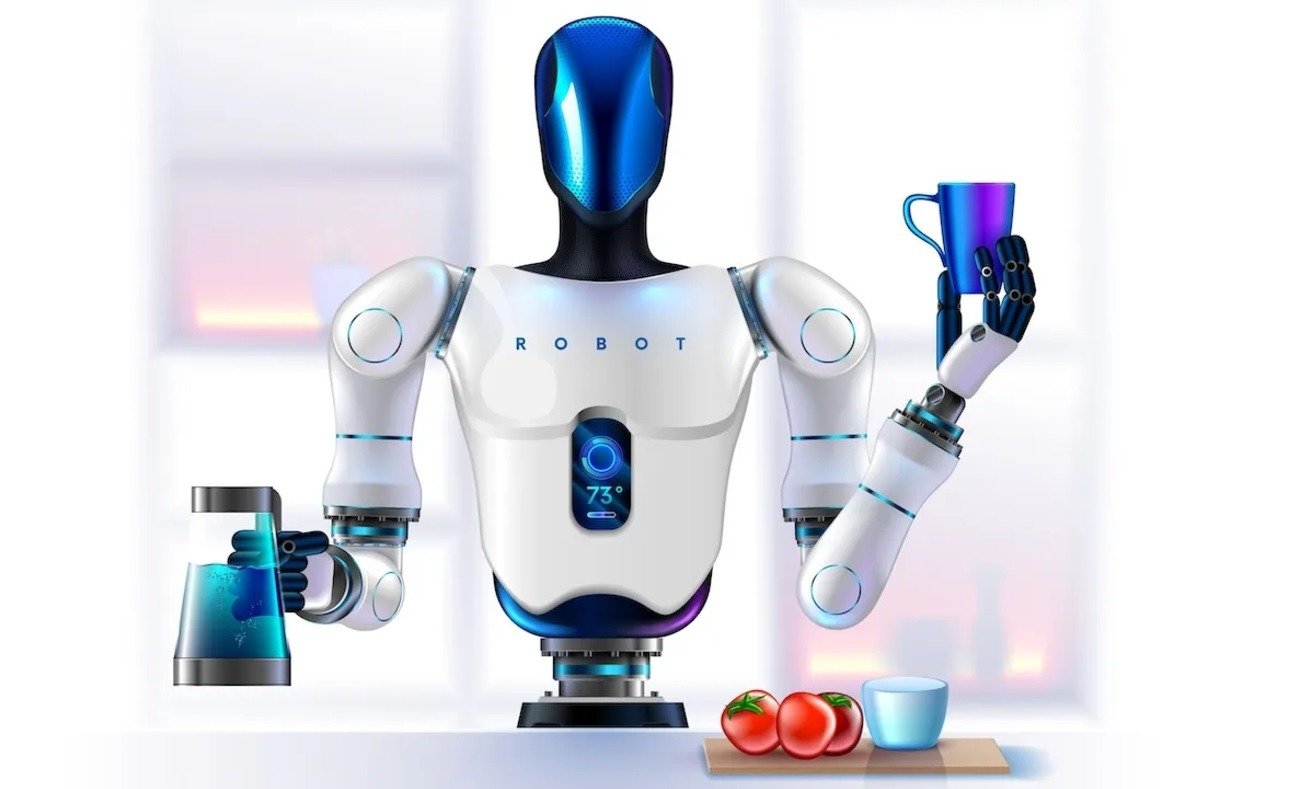

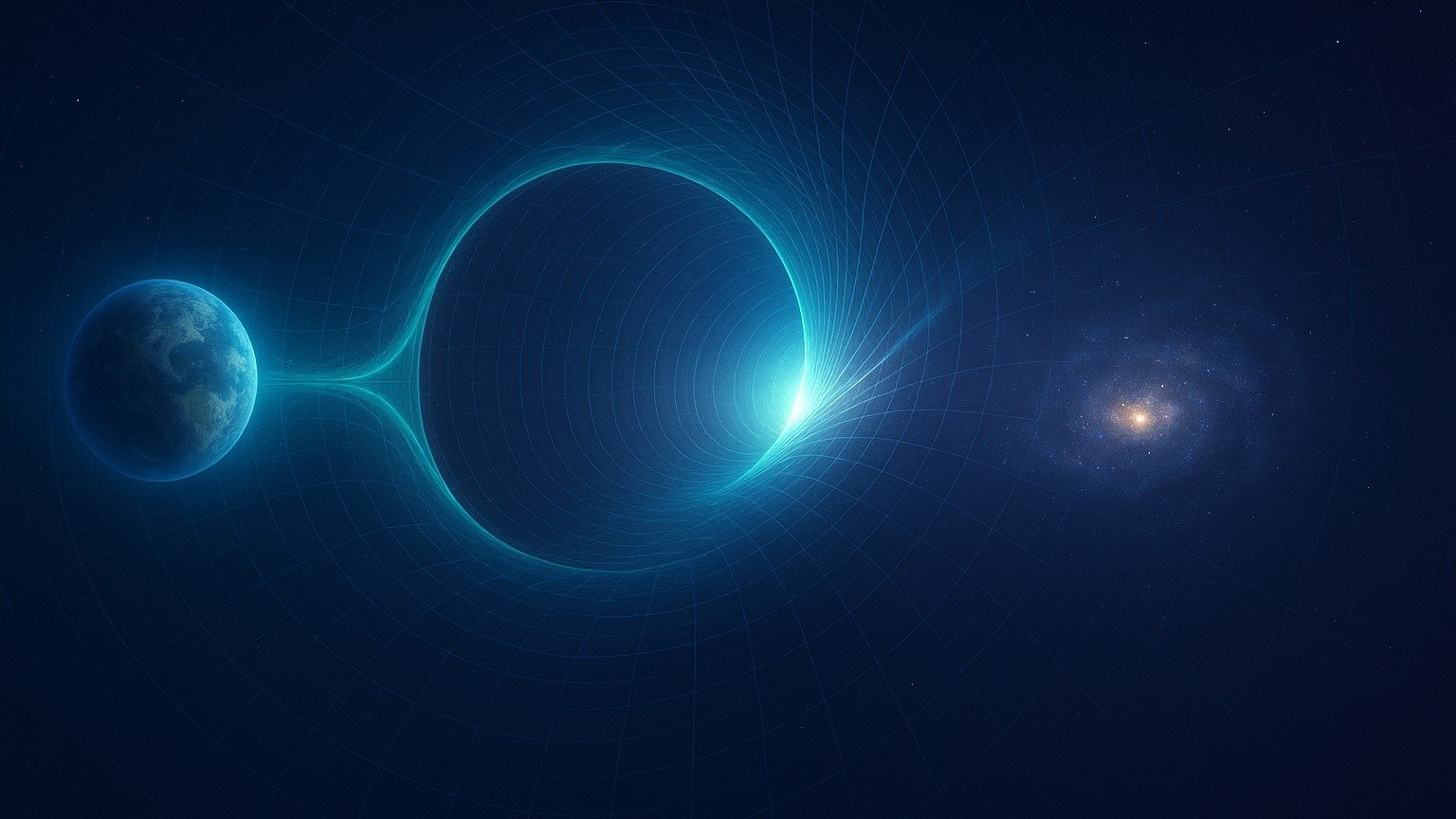
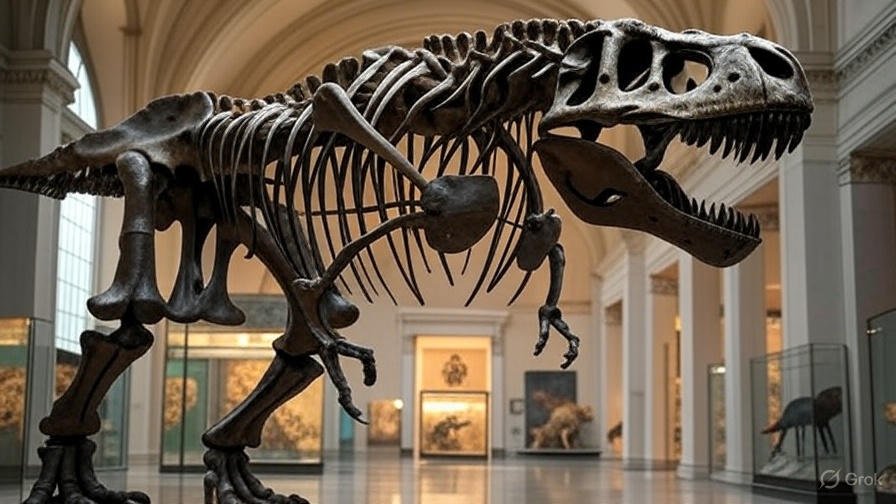







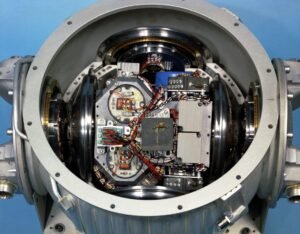
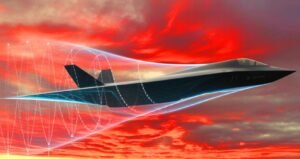

Post Comment